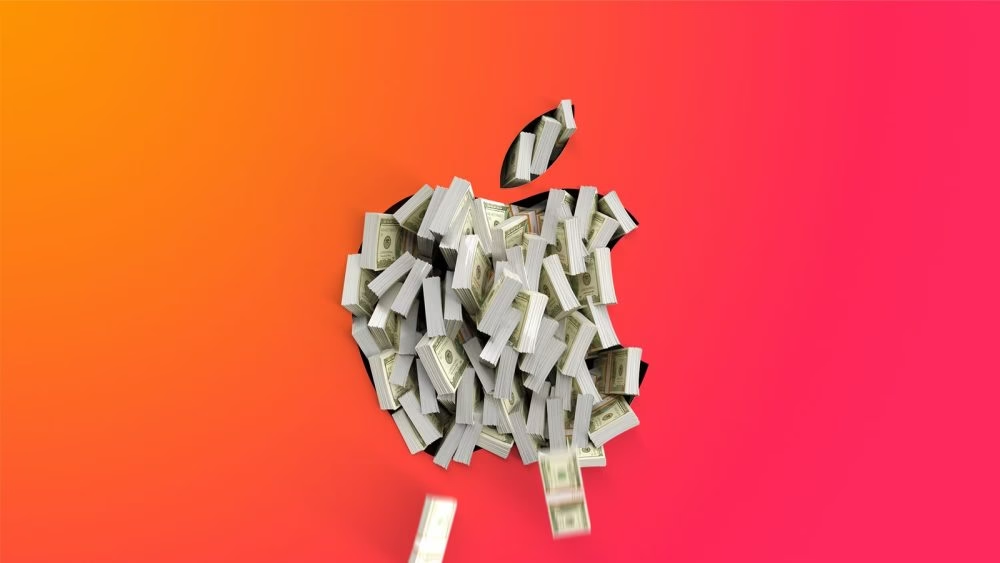Apple is taking strategic steps to manage the financial pressure of the Trump administration’s newly announced Liberation Day tariffs. These new tariffs, which will take effect on April 9, impose significant import duties on electronics sourced from key manufacturing hubs—54% on goods from China, 26% on India, and 46% on Vietnam. With a major portion of Apple’s supply chain relying on these regions, the company is moving quickly to minimize the impact.
Stockpiling Products in the U.S.
According to Bloomberg’s Mark Gurman, Apple has been preparing for months by building up inventory of its flagship products—iPhones, MacBooks, iPads, and accessories—in U.S. warehouses. This move ensures that the company can continue selling devices without immediately facing the new tariffs. Products already within the country before April 9 will not be affected by the increased import duties.
This buffer may allow Apple to maintain current pricing on its products, at least until the expected launch of the iPhone 17 series in September. It’s a calculated decision to delay price increases for consumers and avoid a sudden dip in sales.
Absorbing Costs Through Margin Reductions
Instead of immediately raising prices, Apple is reportedly adjusting its profit margins. Normally, Apple maintains around a 45% markup on hardware, but it may now accept narrower margins to keep retail prices stable. This approach reflects Apple’s intent to protect customer trust while absorbing part of the financial burden itself.
In addition to margin adjustments, Apple is said to be in talks with suppliers to cut down manufacturing costs. This includes negotiating lower prices for components and reducing assembly charges, which could offset the effects of the tariffs without compromising product quality.
Exploring New Manufacturing Options
Apple isn’t stopping at short-term solutions. In response to the shifting trade landscape, the company is also looking to diversify its manufacturing operations beyond the heavily impacted countries. One major possibility being explored is the expansion of Apple’s production in Brazil.
By shifting part of its assembly and manufacturing to Brazil, Apple hopes to reduce its dependence on China, India, and Vietnam—regions now hit by the steep tariffs. This long-term strategy could safeguard Apple from future geopolitical disruptions and maintain its global supply chain stability.
iPhone Prices May Still Rise Later This Year
Despite all these efforts, industry experts believe that Apple might still be forced to raise the price of its next-generation iPhone later in 2025 if the trade situation doesn’t improve. It’s worth noting that the company hasn’t increased the base price of its flagship iPhone in the U.S. since the iPhone X launched at $999 in 2017.
With the iPhone 17 series expected to debut later this year, many analysts are predicting that a price bump may be inevitable unless the company finds even more cost-saving solutions or the tariff policy is reversed.
What This Means for Consumers
For now, consumers can expect business as usual. Thanks to its proactive measures, Apple is working behind the scenes to shield buyers from immediate price shocks. But in the long run, if tariffs remain in place, consumers may eventually bear some of the cost, especially for newer models or hardware updates.
Apple’s response reflects its agility and strong financial footing, but it also highlights the broader challenges global tech companies face in an increasingly protectionist trade environment.



